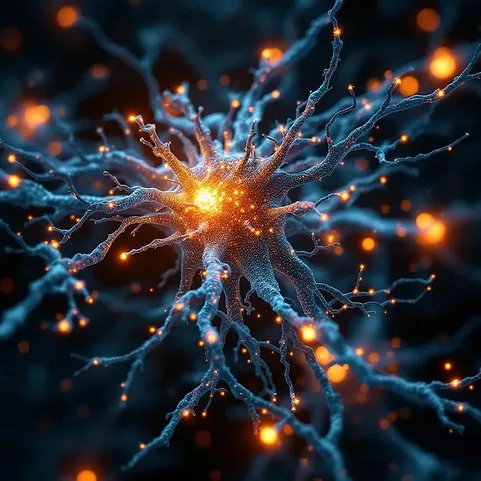Viloxazine for ADHD
Review of: Nasser A et al, Int J Clin Pract 2021;75(8):e14330
Study type: Meta-analysis of randomized controlled trials
Viloxazine (Qelbree) just got FDA approval in 2021 for the treatment of ADHD in children and adolescents, and the FDA is reviewing data in adult ADHD. Viloxazine has a long history of use as an antidepressant in Europe. Like atomoxetine (Strattera), it is a selective norepinephrine reuptake inhibitor. Stimulants are still the most effective medications for ADHD, so how does this new nonstimulant option measure up? This meta-analysis offers a clue.
The analysis included four randomized, double-blind, placebo-controlled trials. When analyzed together, they showed viloxazine was more effective than placebo at reducing ADHD symptoms in a combined 1354 children and adolescents. On an individual level, three of the four trials were positive. All four trials used improvement in the ADHD Rating Scale (ADHD-RS) after five weeks of treatment as their primary outcome. There were two levels of improvement: a 30% improvement in ADHD-RS or a more clinically significant 50% improvement in ADHD-RS.
The authors then converted these results into more clinically relevant figures: number needed to treat (NNT) and number needed to harm (NNH). The NNT represents the number of patients a clinician would need to treat to have one positive response, after removing the placebo effect. NNH is the number a clinician would need to treat to cause harm to one patient (in this case, “harm” was defined as discontinuing the trial due to any adverse effect). An NNT under 10 is considered clinically meaningful, and an NNH over 10 is considered relatively safe or acceptable.
For these studies, the NNT was 6 (95% CI: 5–9) for the less stringent 30% improvement in ADHD-RS and 7 (95% CI: 5–10) for the 50% improvement level. The NNH was 46 (95% CI: 26–167), meaning one in 46 patients discontinued the medication due to side effects for both 30% and 50% levels of improvement. The most common side effects were somnolence, decreased appetite, and headache. By contrast, other analyses have found similar NNTs for atomoxetine (5–7) and better NNTs for traditional stimulants (2–4).
Two main weaknesses stand out. The analysis was industry sponsored and was a meta-analysis of four studies that were also industry sponsored. The other limitation is generalizability—children and adolescents with solely ADHD and no other significant mental or neurological disorder participated in these studies.
TCPR’s Take
In children and adolescents with ADHD, viloxazine is well tolerated with an efficacy comparable to atomoxetine but less than the stimulants. The medication is not approved in adult ADHD, but the company has submitted data for adults to the FDA that are currently under review.
Newsletters
Please see our Terms and Conditions, Privacy Policy, Subscription Agreement, Use of Cookies, and Hardware/Software Requirements to view our website.
© 2025 Carlat Publishing, LLC and Affiliates, All Rights Reserved.


_-The-Breakthrough-Antipsychotic-That-Could-Change-Everything.webp?t=1729528747)



